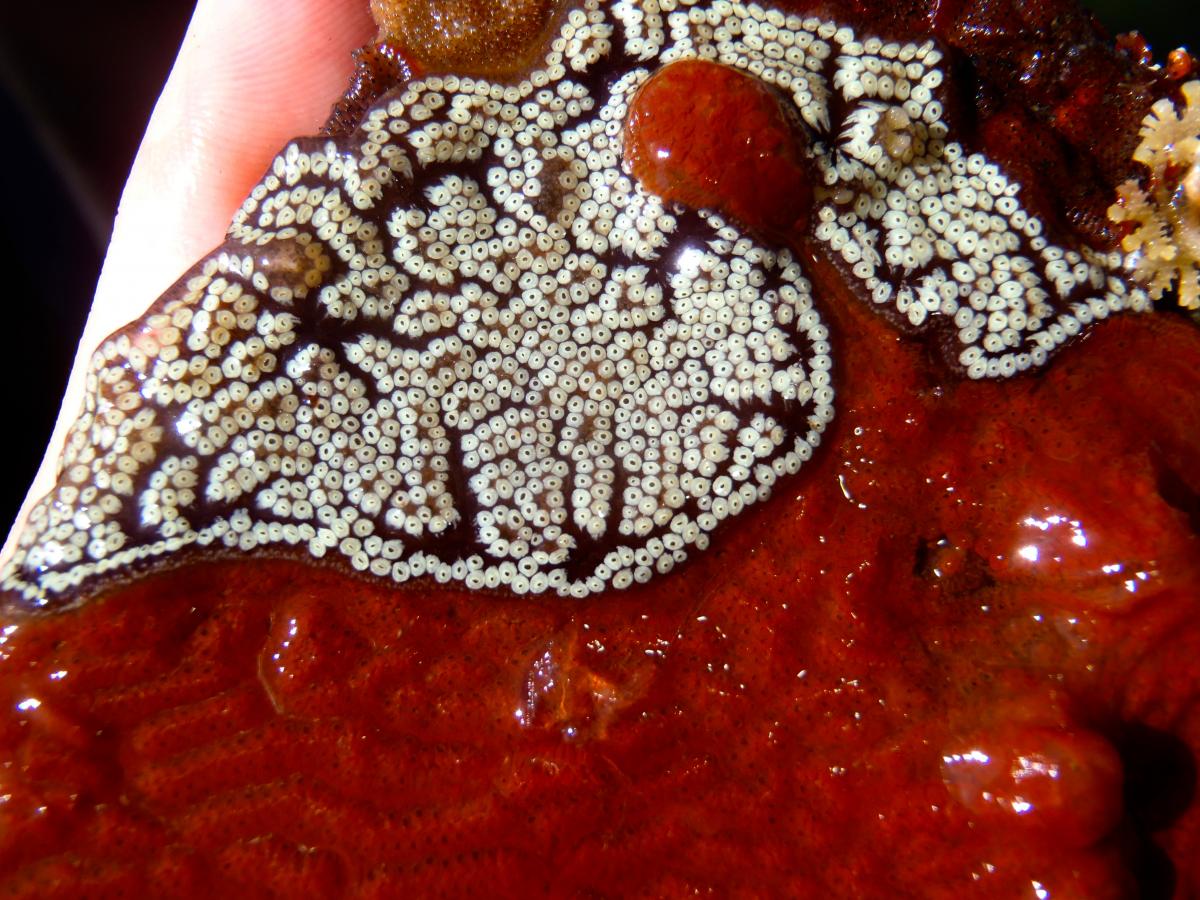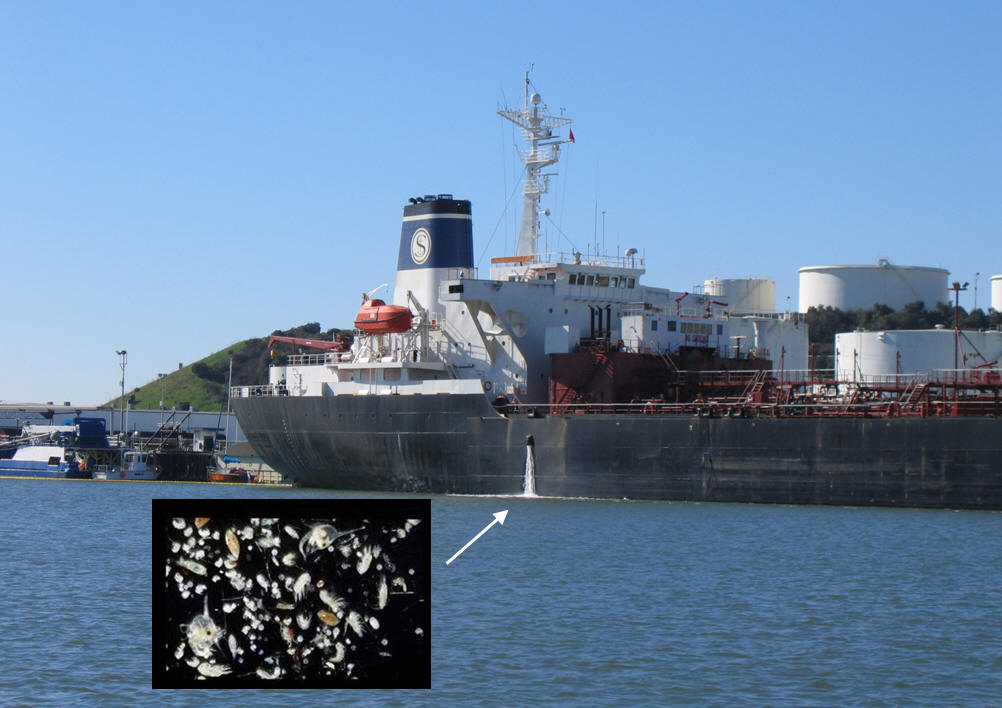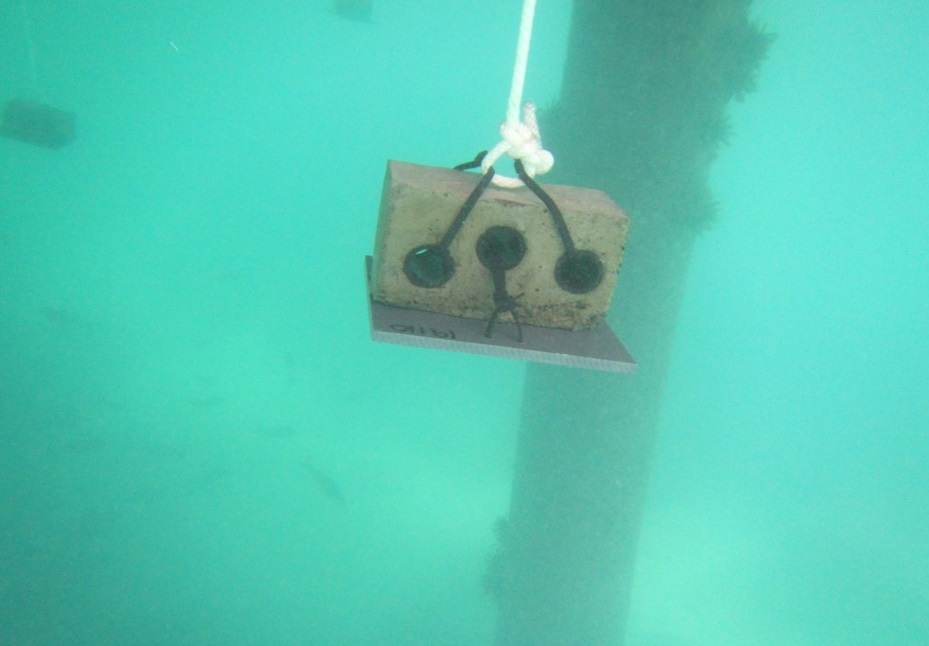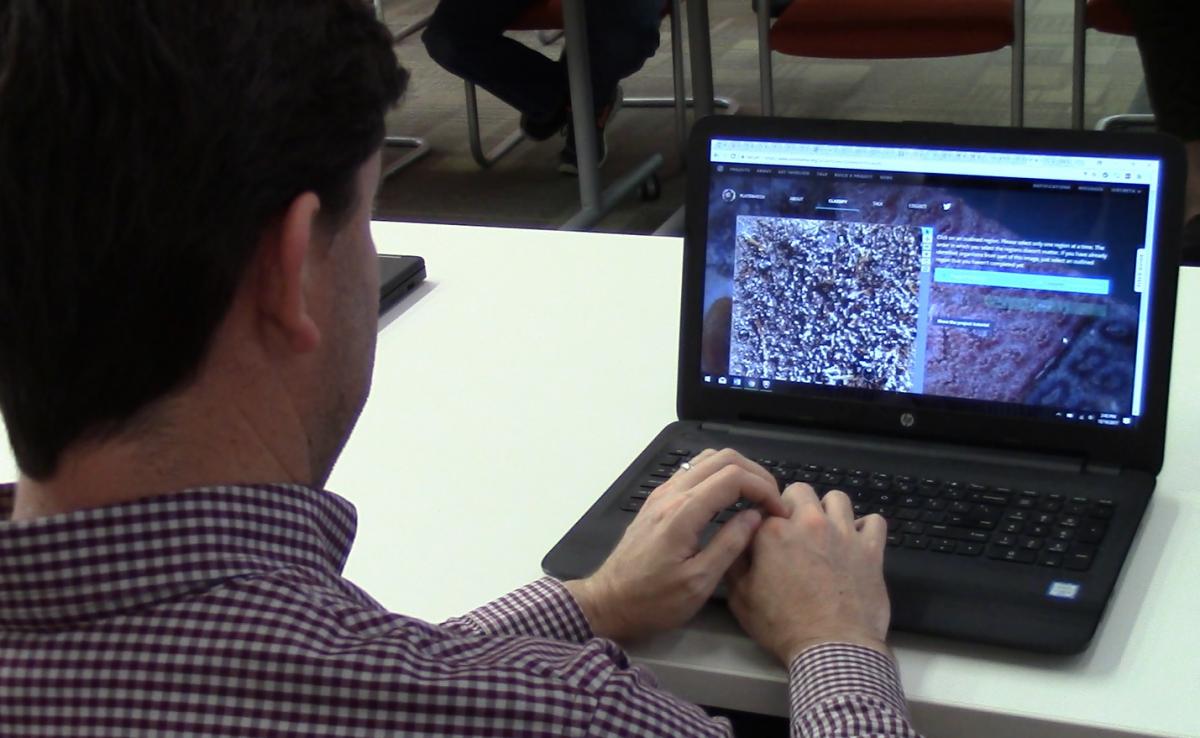* This project is not currently accepting new volunteers *
Invader ID
About the Project
Help us track changes in coastal environments by identifying marine invertebrates. If you’ve ever looked underneath a dock, you’ve probably noticed that it is covered with living things! This group of organisms, known as a fouling community, contains a wide variety of invertebrate animals, algae, and bacteria.
We placed tiles around the United States to look for new occurrences of invasive species. By looking at the photos we took of these plates, you can help us better understand how coastal areas are changing and and catch the early warning signs of environmental changes.
The "What" and the "Why"
What are we trying to learn?
By tracking changes in the types of organisms and how many different groups of organisms there are, we can see how ecosystems are changing over time. We are particularly interested in how introducing new organisms to an area can change the numbers and types of other organisms in the fouling community. By looking at these areas over time through these surveys, we can see how the types and number of the organisms change, and how different species interact with one another. It also gives us a chance to detect new invasive species before they become problematic.

Researchers are also collecting other information, such as weather, to try to understand what causes the patterns that they observe. By understanding these patterns, we can better predict which species are likely to invade nearby areas and what kinds of impacts they could have.
The survey data also helps us understand whether or not efforts to prevent invasive species or limit the impact of invasive species on the fouling communities are working.
We share our findings with natural resource managers and policy makers so that they can implement the most effective strategies possible to deal with marine invasive species.
Why Study Fouling Communities?

The communities of organisms that live under docks and ship hulls are known as fouling communities. These communities include invertebrate animals, algae, and microbes. These small organisms live in shallow, coastal areas and are influenced by local environmental conditions, such as temperature or amount of salt in the water.
These organisms’ location are also influenced by human activity. Boats and ships can move organisms from one place to another, sometimes completely relocating them from one continent to another. Sometimes these new, introduced organisms do not survive in their environment but other times they survive and become invasive species. Invasive species are living outside of their native range, moved by the assistance of humans and are causing some ecological or economic harm. (Learn more about the difference between non-native, introduced, and invasive species here). Invasive species can have major impacts on ecosystems by competing with native species for food and space, which can change the whole structure of the fouling community. Coastal communities spend millions of dollars a year to detect and remove invasive species. By better understanding fouling communities and the impacts of invasive species, we can help people in coastal areas respond to these invasions more effectively.
Methods
Since 1994, the Marine Invasions Lab at the Smithsonian Environmental Research Center has conducted surveys of fouling communities from bays throughout the United States, as well as surveys in bays in Australia, Canada, Belize, Ecuador, and Panama.

To conduct our surveys, we attach square PVC tiles to bricks and hang them upside down in the water. After several months, we pull the tiles out of the water. The tiles are brought back to the lab, where scientists take photographs of each tile and identify all of the organisms that have grown on the tiles while they were in the water. Over the years, our scientists have collected thousands of tiles but since our team is so small and the database of tiles so large we created Invader ID to get some help from volunteer scientists! For this Participatory Science project, we are focusing our identification of organisms on tiles pulled from San Francisco Bay.
Using the Participatory Science platform Zooniverse, biologists have uploaded nearly 8,000 photos of 160 tiles from San Francisco Bay to the project's website. Each photo asks volunteer scientists to identify a different organism on a tile, so there can be up to 50 photos of the same tile. They can select which group an organism belongs to, like sponges, barnacles, algae, anemones or mollusks. If a viewer is stumped, Invader ID offers a few simple questions to help narrow down the identification. For example, the volunteer scientist can choose the type of attachment, texture, pattern, and shape of the organism.

With the help of volunteer scientists, we hope to be able to increase our scope to identify more coastal communities and increase the number of tiles (amount of data) we work with. So, we’re excited to have your help! We look forward to building a community of volunteer scientists who are interested in marine animals to learn more about fouling communities in more places, find new species, or watch as these communities change over time – something that we predict will become more important as climate change affects coasts worldwide.
Get Involved
*We are not currently accepting new volunteers*
Volunteers are essential in making this project a success.
All you need is access to the internet to get started. Check out the video below to learn more about the project!